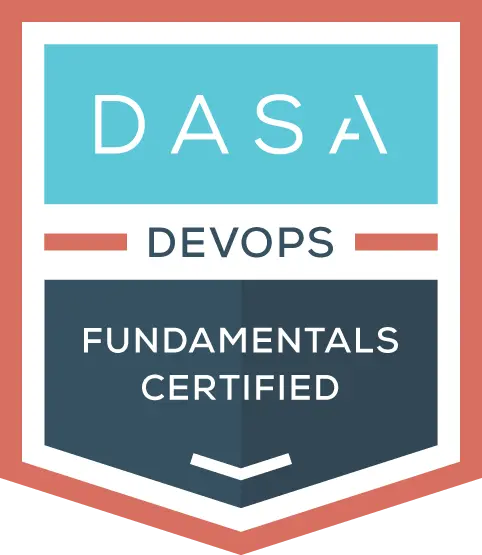A Minimum Viable Product (MVP) is a product with sufficient features to please early adopters and is enhanced based on their feedback.

The purpose of an MVP is to test hypotheses with minimal resources, reduce waste, and gather early customer feedback. It allows a quick product launch, finding the right audience, and saving time.
Complex systems are quite often built without the upfront verification of whether the system will ever be used. Also, when designing new systems, it is difficult to anticipate how the end-user will use it. Predicting usage is undoable if you are not incorporating your customer’s feedback. This is where the MVP comes into play. The MVP allows you to launch a product quickly, based on your idea, with a small budget. The approach allows you to collect user’s feedback for the primary product and include it in future iterations. With the help of an MVP, one can find the right audience, pull the ideas based on experience, and save time.
The MVP cycle starts with an idea, which is built into code, deployed, and measured to gather data. The learning from this data generates new ideas, continuing the cycle.
Throughout the stages, the MVP approach emphasizes solving specific problems with the minimum set of features, while continually gathering customer feedback for ongoing development and improvement.
Some examples of MVPs:
Here are some examples of minimum viable products (MVPs):
- A bare-minimum version of an online food ordering app that only lets you select and order dishes from restaurants.
- Dropbox, which started as a minimum viable product that allowed users to store and share files online.
- Amazon, which started as an online bookstore with a limited selection of books.
- Foursquare, which started as a simple check-in app that allowed users to share their location with friends.
- AdWords Express, which started as a simplified version of Google AdWords that allowed small businesses to advertise online.
- Groupon, which started as a simple email newsletter that offered daily deals to subscribers.
- Zappos, which started as a minimum viable product that sold shoes online with a limited selection.
- Airbnb, which started as a minimum viable product that allowed people to rent out air mattresses in their living rooms.
- Facebook, which started as a minimum viable product that allowed college students to connect with each other online.
- A demo video that showcases the key features of a product.
- A landing page that collects email addresses from potential customers to gauge interest in a product.
These examples show that an MVP can take many different forms, from a simple app with limited functionality to a fully-functioning website with a limited selection of products. The key is to create a product with only the essential features that allows you to test the market and collect feedback from users before investing too much time and money into building a full- fledged product.


DASA DevOps Certification Program
DASA DevOps Certification Program equips you with the foundational skills to understand and implement key DevOps principles. You’ll learn how to foster collaboration across teams, streamline workflows, and accelerate delivery cycles—all while ensuring your organization is prepared for long-term digital transformation.


